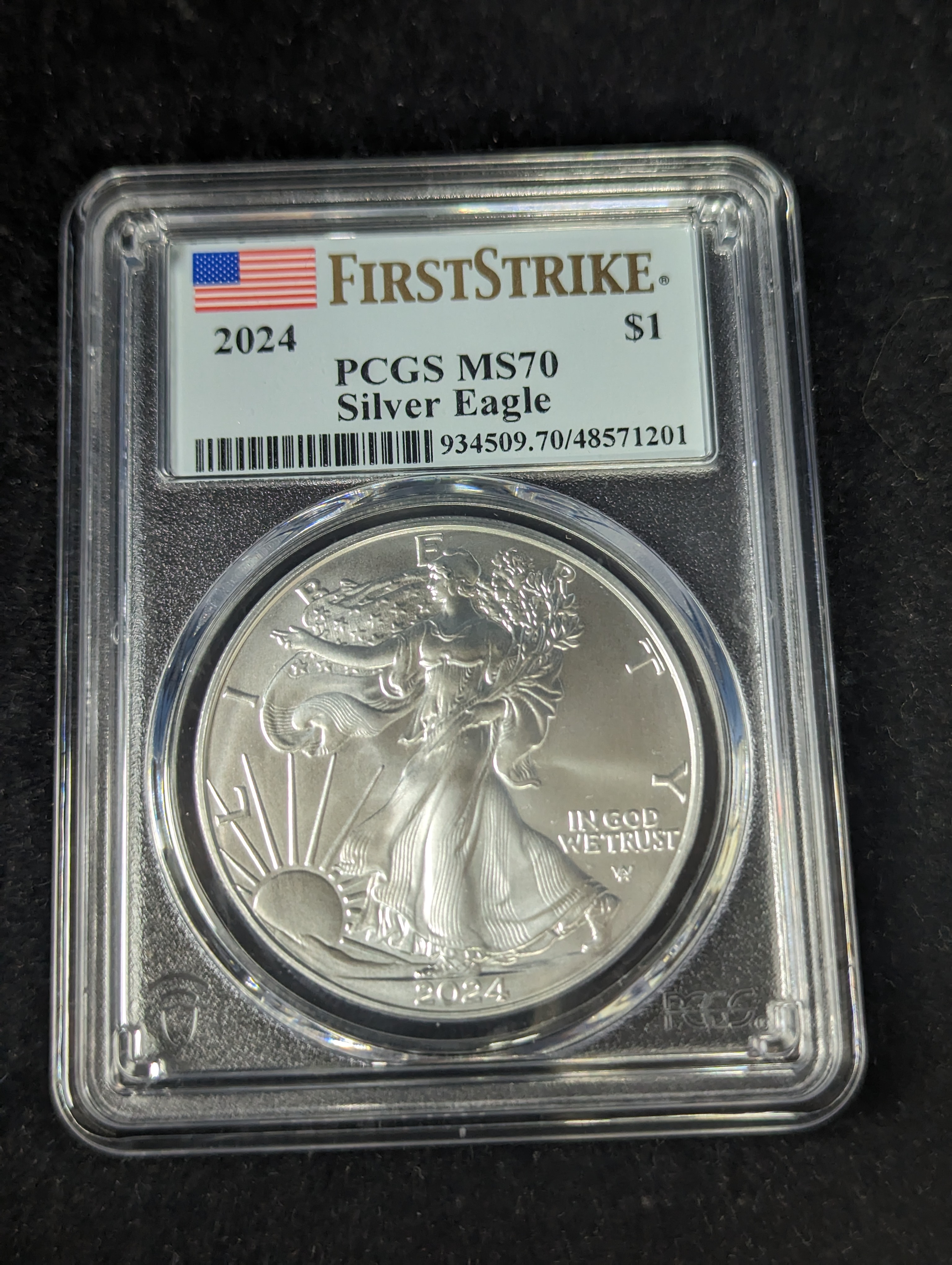
What does an Uncirculated coin really mean?
In the world of coins, you hear the term Uncirculated or Circulated a lot. We all kind of know what this means on a superficial level but when you dive a little deeper into it, it seems as straightforward as someone riding a bicycle with a bent rim.
The dictionary defines Circulated as: To cause to pass from place to place, person to person, etc.; disseminate; distribute:
When the mint creates coins, they are then distributed to banks or other large institutions that need the coins in very large bags. They are then shipped to the banks to be put into rolls, boxes or smaller bags and are eventually meted out to the general population as needed. Imagine your local grocery store and how much change it passes out on any given day? Ever think about where all that change comes from? It’s not like they are only giving out change they are taking in because who pays for a basket full of groceries and uses change? This is why the grocery store orders rolls of coins from the bank. You may have seen a store cashier break open a roll of coins when they run out of one denomination or another in their cash registers.
Most of the time, the rolls that are opened are of fresh new coins. So, one would reason that it is at this moment a coin goes from being Uncirculated to Circulated, right? Nope. That would be too easy. Ok then, how about when the cashier hands me some change, is it “circulated” then? Nope. But wait, that seems counter to the definition? How about if I take that coin out and spend it at the next store I visit? Surely it is circulated now, right? Answer: Maybe. Confused yet?
I mean how would the grading companies know if a coin has been passed from person to person anyway? Is there some top-secret tracking device implanted in every coin that only the grading companies can read? I do not think so, but wouldn’t that make a great sci-fi movie?
Truth be told, the difference between an Uncirculated coin and a Circulated coin actually has nothing to do with the definition. This definitional quagmire is a regular phenomenon that seems to plague the Numismatic field, but being the nerdy coin collectors we are, we hardly even notice.
A coin only “becomes” circulated when it shows any sign of wear. As long as I keep that coin from rubbing up against other coins, or tabletops, or any of the hundreds of things it can come in contact with, it will not show any signs of wear and will still be considered Uncirculated. If I put that coin in some kind of protective holder, I can keep it uncirculated no matter how many people it goes through. So, the transition from Uncirculated to Circulated is really about if a coin has any wear on it and not if it has gone into the General Circulation of the population. And a grading company knows if a coin is “Circulated” or “Uncirculated” by looking for wear on the coin.
So, what is better? Using the words Circulated vs. Uncirculated, or the more accurate terms of worn vs. unworn? This is what makes the newbie collectors tilt their heads when starting out in Numismatics, But hey, welcome to Numismatics were we love to create our own uses of words in the English language. ????
